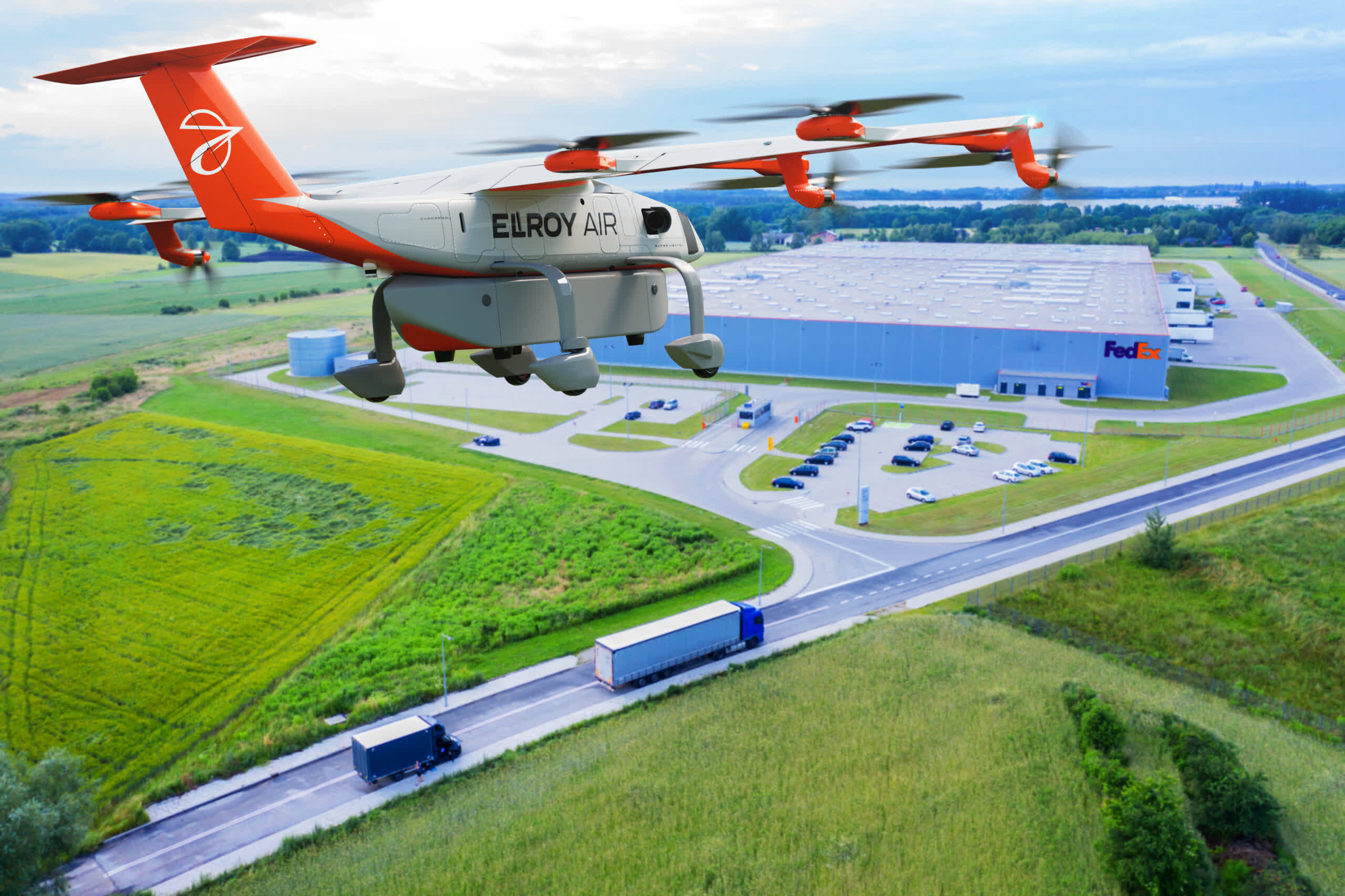Bottom line: The e-commerce industry has undergone rapid growth over the past few years, prompting logistics providers like FedEx to accelerate automation and innovation to keep pace. The deal with Elroy Air is the first of its kind agreement in the US, and the latest effort by the Memphis, TN-based package delivery company to adopt emerging technologies across its network.

FedEx has announced a partnership with California Bay Area-based Elroy Air to test the company's autonomous vertical take-off and landing (VTOL) cargo system next year.
Up to this point, most commercial drone projects have focused on last mile delivery – that is, delivering a single product from a retailer to the buyer. While convenient in certain situations, it's also tedious as the drone has to return to base after each delivery to reload and perhaps even recharge.

Elroy Air is a bit different. The company's flagship Chaparral autonomous aircraft was introduced in January and is designed to autonomously pick up 300-500 pounds of cargo and transport it by air over a distance of up to 300 miles. The craft itself is designed to fit inside a 40-foot shipping container or a C-130 cargo jet for easy shipping and deployment anywhere in the world.
FedEx said it plans to deploy the drones within its middle-mile logistics operations, moving shipments between sorting locations.
It's easy to see how this could be a game-changer for medium and large logistics companies alike. Implementing an automated transportation solution between sorting centers could greatly boost reliability and efficiency, and perhaps even eliminate some human error.
https://www.techspot.com/news/93985-fedex-test-autonomous-drone-cargo-delivery-2023.html